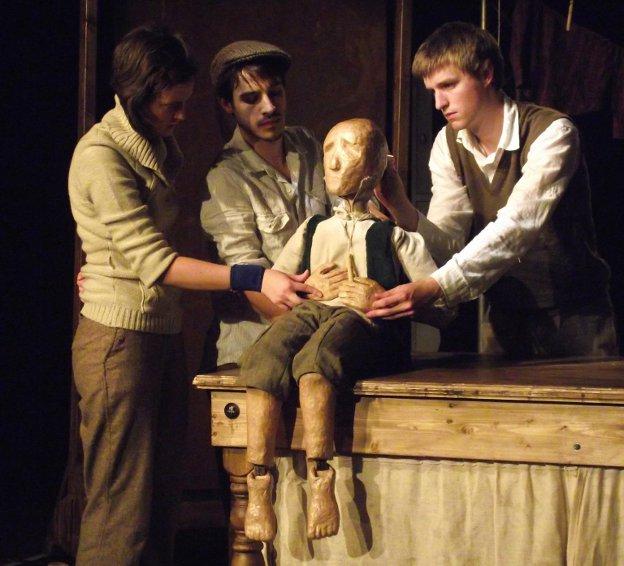Summerhall’s main hall is sold out and sweltering, and there is much anticipation around renowned Polish innovators Song of the Goat’s latest production. Never having experienced their work before I had no idea what to expect, but what I found was something quite unique.
Director Grzegorz Bral welcomes us and explains that the company have tried to create a painting with sound, a kind of audio landscape that captures the feeling of sections from Shakespeare’s King Lear. The company march in and, with very minimal accompaniment that includes a harmonium and an African harp, achieve their aim wonderfully.
They move through songs of celebration and songs of lament, each one preceded by a short introduction from Bral to give us context. The multi-layered vocal performances are beyond exceptional, some of the best I’ve ever witnessed, and the cast perform with such devotion and conviction that the atmosphere is spellbinding.
The raw emotion with which the actress sings Cordelia’s first lament is beautifully heartbreaking. When the company produces small disc-shaped drums the energy in the music explodes from the stage with vibrant dynamism.
I would argue that it is more of a musical concert than a theatrical performance, and the moments when the singers performed the characters more overtly was when it really sparkled. As a concert it is flawless and exceeds that boundary; as a piece of theatre I found it lacking.
But for pure skill, for aural spectacle, for the toe-clenching beauty of the music it really is a fantastical production. The company certainly created a landscape of sound, one that I spent a beguiling hour wandering in, one which it pained me greatly to leave.










